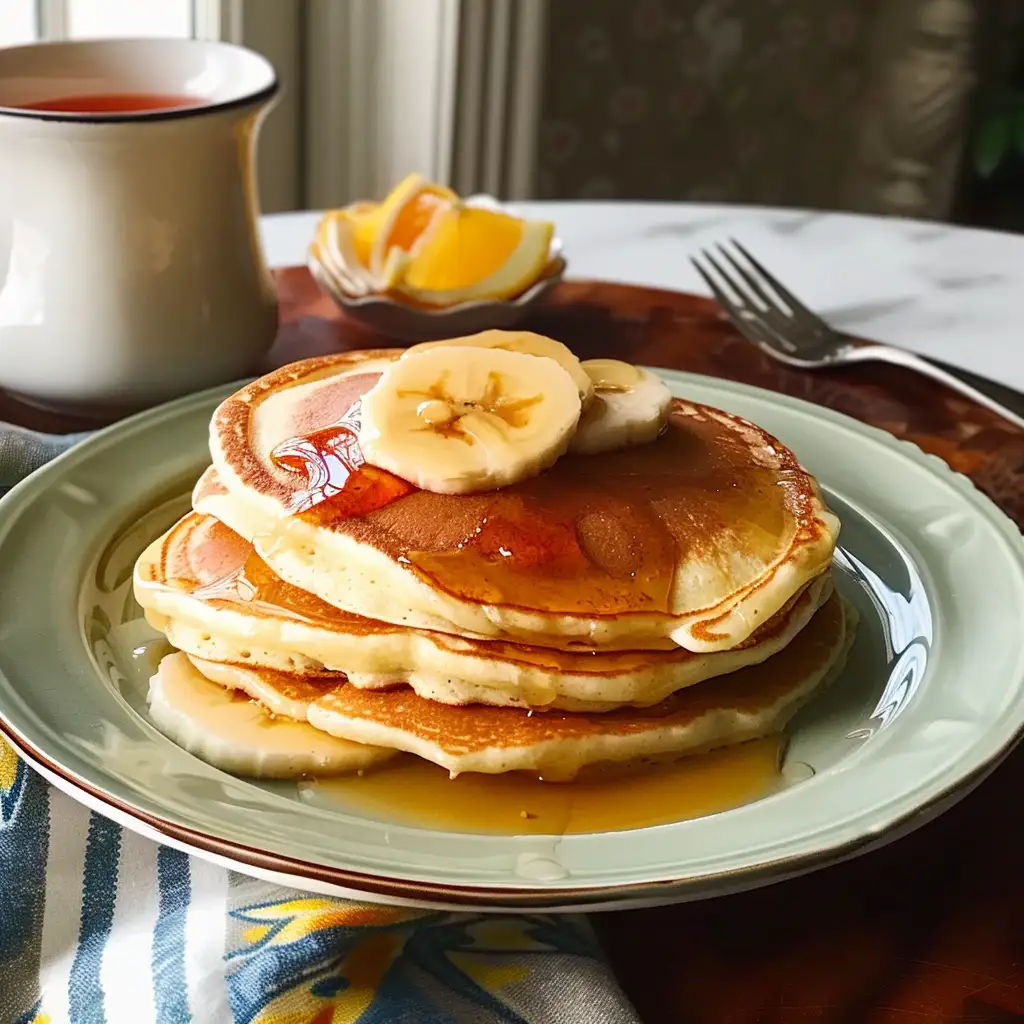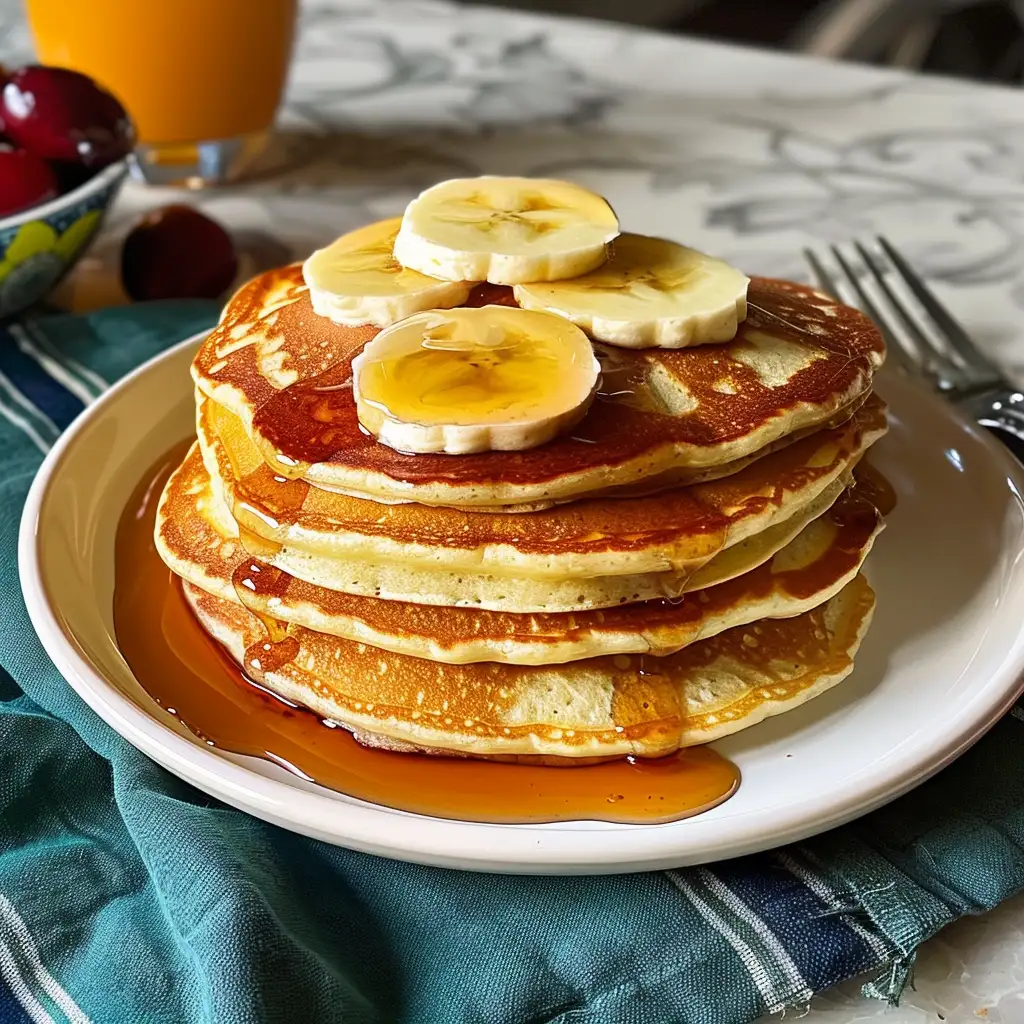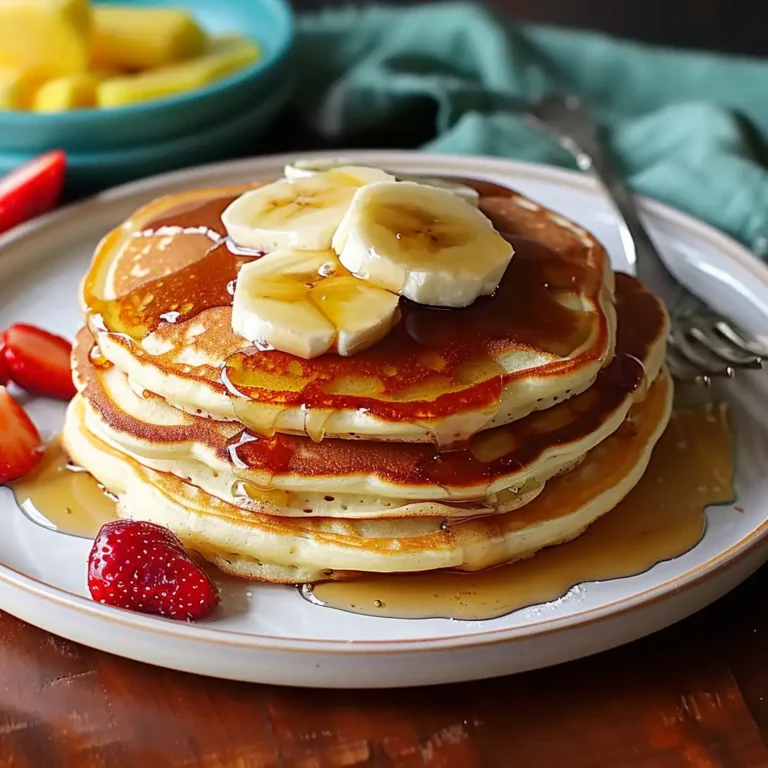Introduction to Perfect Pancakes
Pancakes have been a staple in diets around the world for centuries. Originating from a simple mixture of flour, water, and sometimes eggs, pancakes have evolved into a versatile dish enjoyed in various forms across different cultures. Whether it’s the fluffy American pancake, the thin French crêpe, or the savory Chinese jianbing, pancakes have made their mark globally as a beloved meal that can be savored from morning to night.
What then makes a pancake perfect? Is it the golden-brown texture, the airy fluffiness, or the right balance of flavor? While the ideal pancake might differ from one person to another, a few key elements are universally agreed upon: a light texture, rich flavor, and the right combination of ingredients. However, personal preferences and dietary restrictions have given rise to endless variations, each claiming the title of the perfect pancake.
The Perfect Pancake Recipe
Finding the perfect pancake recipe is a quest that many have embarked on. Here’s a comprehensive guide to creating pancakes that are bound to impress:
Ingredients for the Perfect Pancake
- 2 cups of all-purpose flour – for a gluten-free option, use almond or oat flour
- 1 tablespoon of baking powder for lift
- A pinch of salt to enhance flavor
- 1 tablespoon of sugar for sweetness (can be adjusted or substituted with honey or maple syrup)
- 1 1/4 cups of milk – dairy or any plant-based alternative like almond or soy milk
- 1 large egg – for a vegan option, use flaxseed or chia seeds mixed with water
- 2 tablespoons of melted butter or oil
- For those interested in the health aspect of pancakes or seeking dairy-free alternatives, exploring Dairy Substitutes can provide valuable insights into making pancakes that cater to different dietary needs.

Step-by-Step Pancake Making Guide
- Mixing the Batter Correctly
- Begin by combining the dry ingredients (flour, baking powder, salt, and sugar) in a large bowl.
- In another bowl, whisk together the wet ingredients (milk, egg, and melted butter).
- Make a well in the center of the dry ingredients and pour in the wet mixture. Stir until just combined; remember, lumps are okay and overmixing is the enemy of fluffy pancakes.
- Cooking to Perfection
- Heat a non-stick skillet or griddle over medium heat. Brush with a little butter or oil.
- Pour batter onto the skillet, forming pancakes of your desired size. Cook until bubbles appear on the surface, then flip and cook until golden brown.
- For an extra touch of flavor, consider learning about authentic maple syrup production and how it can elevate your pancake experience.
Achieving the perfect pancake is a blend of art and science, from selecting the right ingredients to mastering the cooking process. By following these guidelines and incorporating personal touches, anyone can create a pancake that meets their definition of perfection.
Advanced Pancake Making Tips
Creating the perfect pancake is a goal for many, but achieving that light and fluffy texture can often seem elusive. Here are some advanced tips to elevate your pancake game:
Secrets to Light and Fluffy Pancakes
The quest for the lightest, fluffiest pancakes centers around two critical practices: the importance of not overmixing the batter and the benefits of resting the batter.
- Not Overmixing: When combining your wet and dry ingredients, mix until they are just combined. Overmixing the batter develops the gluten in the flour, leading to pancakes that are tough and chewy instead of light and fluffy. A few lumps in the batter are perfectly fine and actually desired.
- Resting the Batter: Allowing your pancake batter to rest for about 30 minutes to an hour before cooking gives the flour time to absorb the liquid fully, resulting in a tender pancake. Additionally, this resting period allows the baking powder to activate fully, ensuring a fluffier outcome.

Butter or Oil? The Best Fat for Cooking Pancakes
When it comes to cooking pancakes, the debate between using butter or oil is ongoing. Here’s how each stacks up:
- Taste Comparison: Butter undoubtedly adds a rich flavor to pancakes that oil simply can’t match. For those who prioritize taste, butter is the clear winner.
- Cooking Performance: Oil has a higher smoke point than butter, making it less likely to burn at the temperatures required for pancake cooking. However, for the best of both worlds, consider using a combination or choosing the right griddle that can evenly distribute heat, minimizing the chance of burning.
Customizing Your Pancakes
One of the joys of pancake making is the endless variety of variations and add-ins available to customize your pancakes:
- Fruit: Blueberries, bananas, and strawberries are popular choices that add natural sweetness and a bit of texture.
- Chocolate Chips and Nuts: For a sweeter treat, chocolate chips are a favorite add-in, while nuts like pecans or walnuts offer a crunchy contrast.
- Savory Options: For those who prefer savory over sweet, incorporating ingredients like cheese, bacon bits, or chives can transform pancakes into a hearty meal.
By mastering these advanced tips and experimenting with different add-ins, you can create pancakes that not only taste great but are also tailored to your personal preferences or dietary needs. Whether you’re using butter for flavor or customizing with your favorite fillings, the perfect pancake is within reach.

FAQs
How to make pancakes fluffy?
Achieving fluffy pancakes is all about the batter consistency and cooking technique. Use fresh baking powder and avoid overmixing. Let the batter rest if possible.
Can pancake batter be made in advance?
Yes, pancake batter can be made in advance and stored in the refrigerator overnight. This can actually help in making fluffier pancakes as the flour has more time to hydrate.
Best way to keep pancakes warm?
Keep pancakes warm in a low oven (around 200°F) on a baking sheet. This helps them stay warm without becoming soggy.
Dealing with common pancake-making problems
- Pancakes not cooking evenly? Check your pan’s heat distribution and consider choosing the right griddle.
- Batter too thick or thin? Adjust with a little more flour or milk until you reach the desired consistency.
Pancake making is both an art and a science. By mastering a few key principles and embracing customization, you can enjoy perfect pancakes that cater exactly to your preferences and dietary needs.

